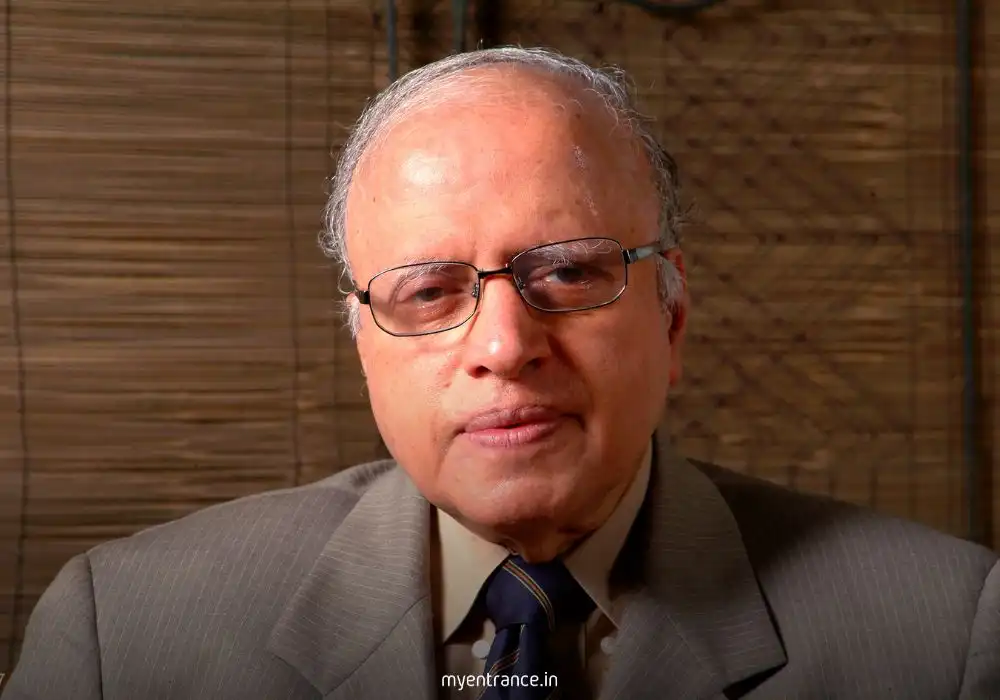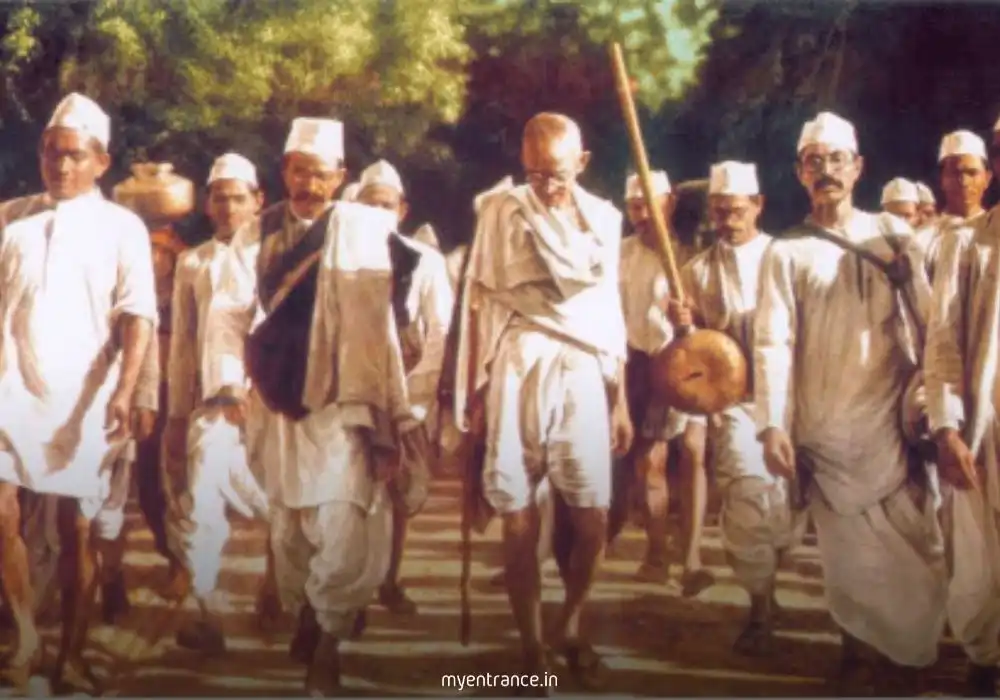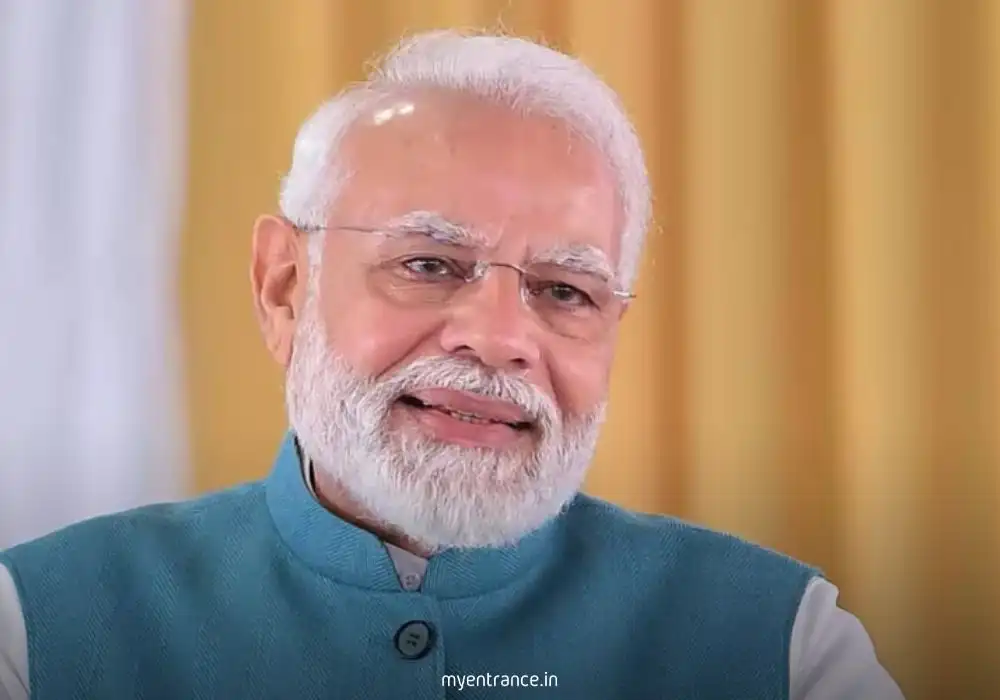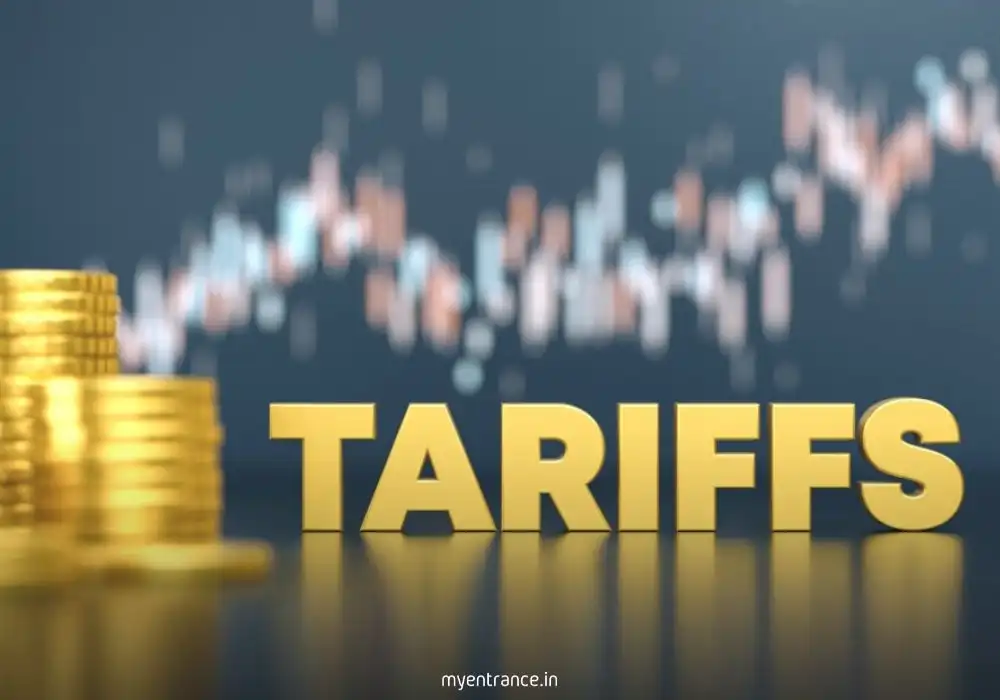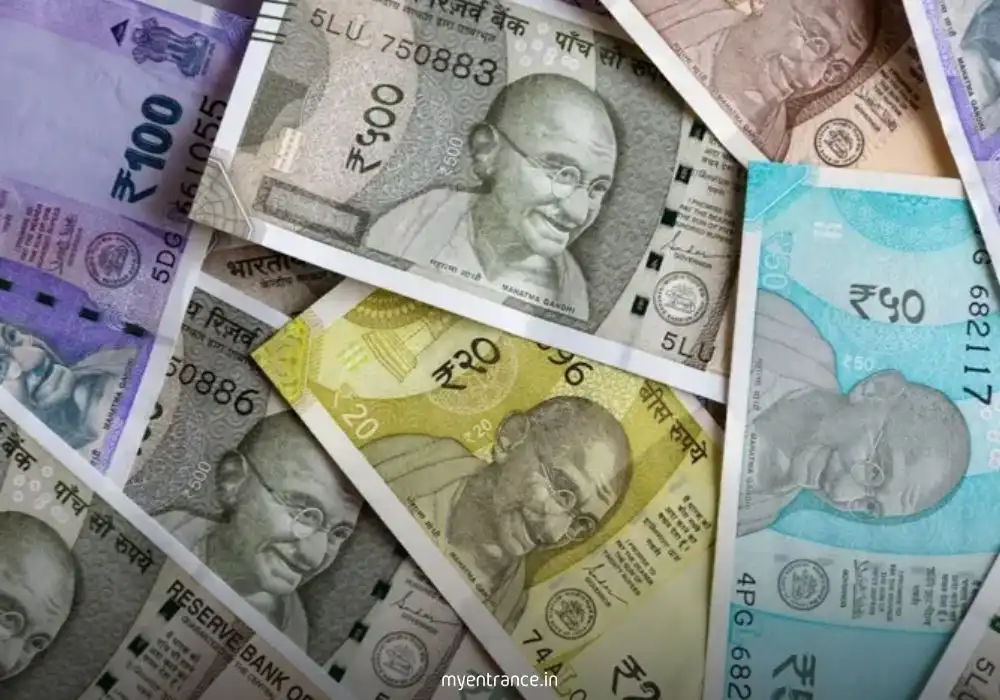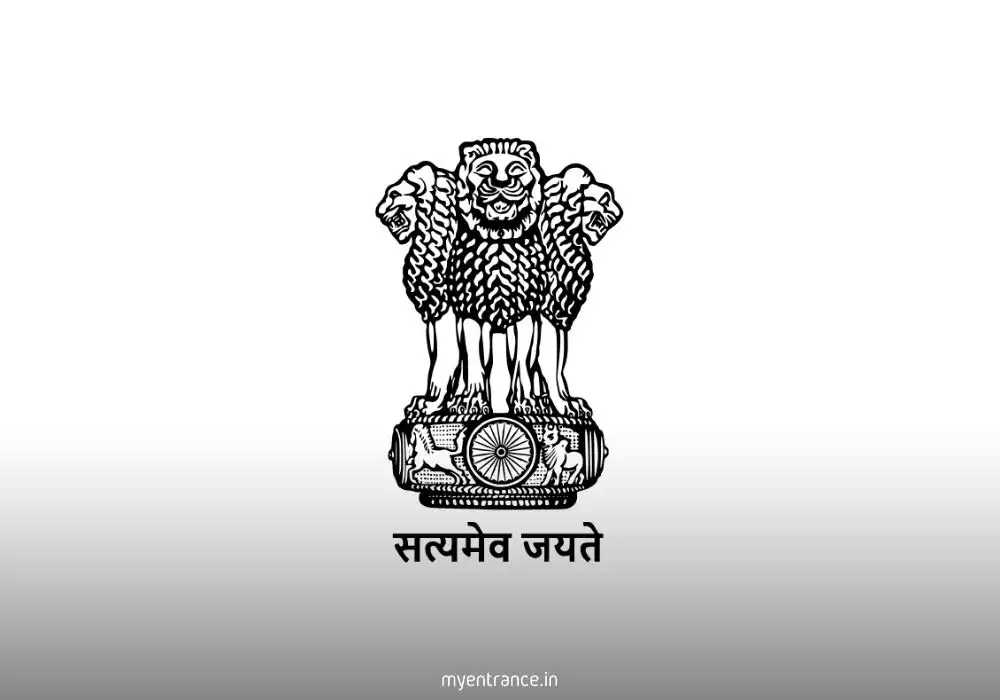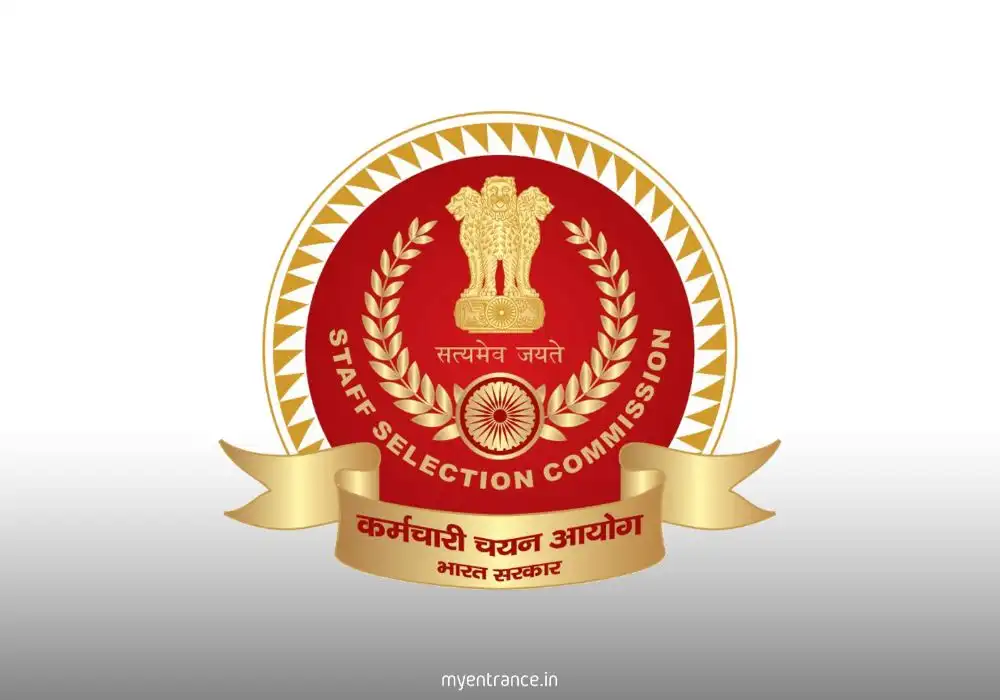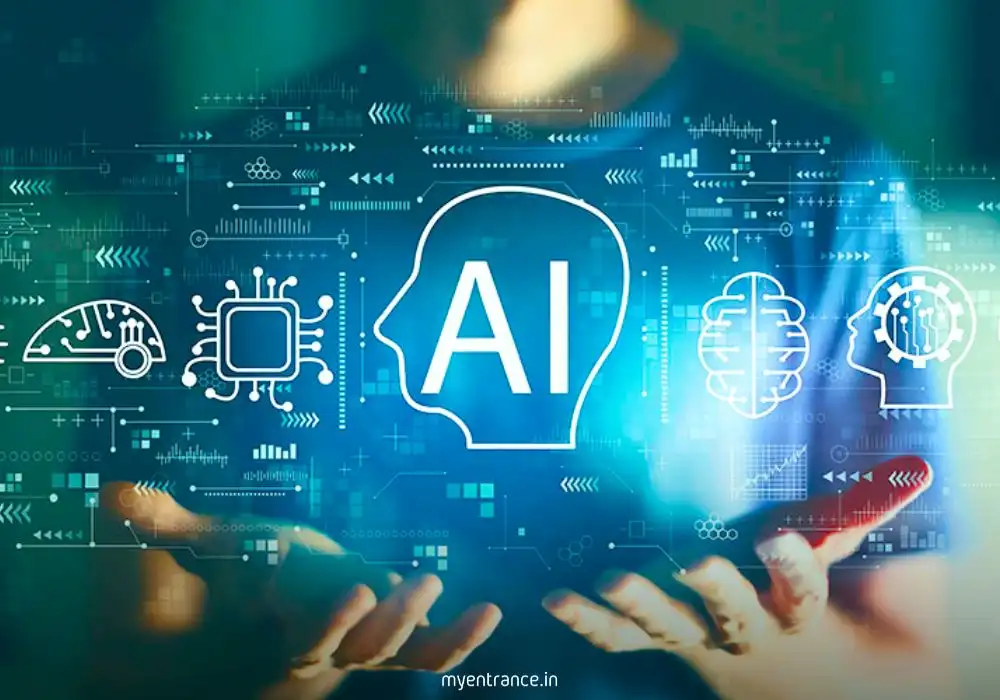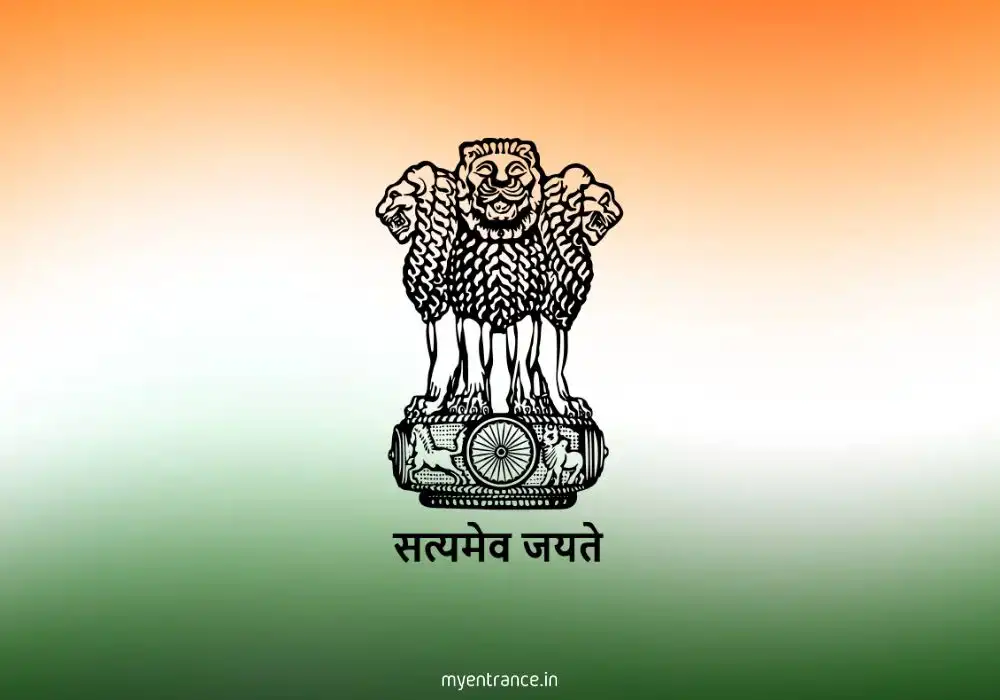Translate Language
GST (Goods and Services Tax) – A Complete Guide for Competitive Exams
The Goods and Services Tax (GST), introduced on 1st July 2017, revolutionized India’s tax system by replacing multiple indirect taxes with a single, unified tax structure. Designed to simplify compliance and eliminate tax cascading, GST is a crucial topic for competitive exams like UPSC, SSC, PSC, KAS, and banking exams. This guide covers everything you need to know about GST—its structure, key features, benefits, and recent updates.
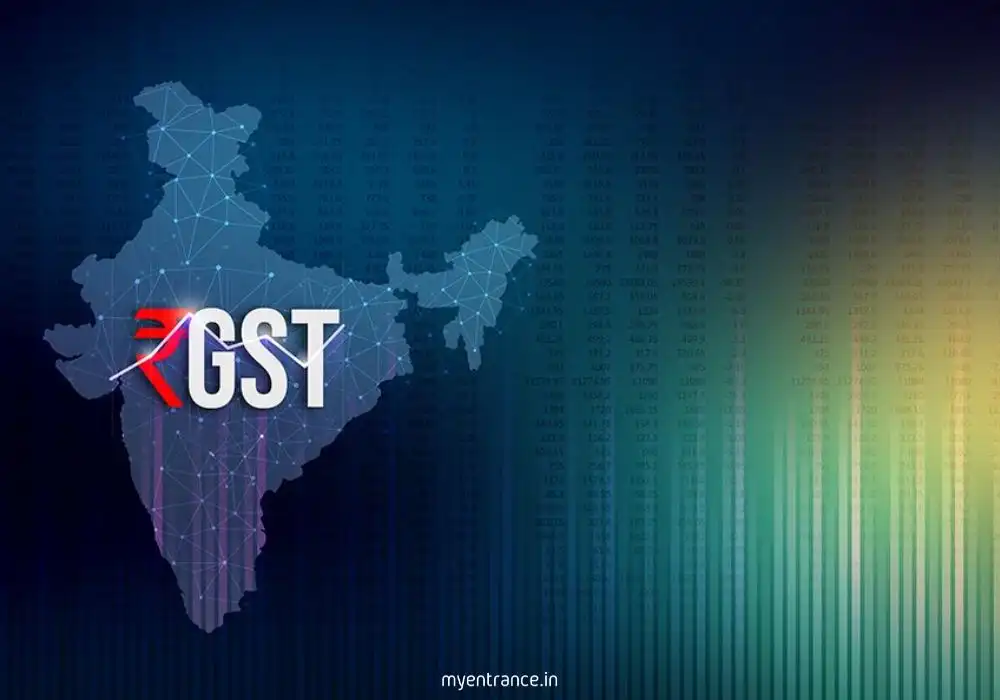
About GST (Goods and Services Tax)
GST is a multi-stage, destination-based indirect tax applied to the supply of goods and services across India. It was implemented through the 101st Constitutional Amendment Act, 2016, merging various central and state taxes like:
Central Excise Duty
Service Tax
VAT (Value Added Tax)
Additional Customs Duty
Entertainment Tax
By consolidating these taxes, GST ensures transparency, efficiency, and ease of business operations while reducing tax evasion.
Structure of GST
GST operates under a dual model, meaning both the Central and State Governments levy taxes. It is divided into three categories:
CGST (Central GST) – Collected by the Central Government on intra-state transactions.
SGST (State GST) – Collected by the State Government on intra-state sales.
IGST (Integrated GST) – Levied by the Central Government on inter-state transactions and imports, later shared between the Centre and the destination state.
This structure ensures a balanced revenue-sharing mechanism between the Centre and states.
Key Features of GST
Destination-Based Tax: Revenue goes to the state where goods/services are consumed, not where they are produced.
Input Tax Credit (ITC): Businesses can claim credit for taxes paid on inputs, reducing cascading effects.
Uniform Tax System: Replaced multiple taxes with a single, harmonized tax structure.
Threshold Exemptions: Small businesses with turnover below ₹40 lakhs (goods) / ₹20 lakhs (services) are exempt.
Composition Scheme: Small taxpayers (turnover up to ₹1.5 crore) can pay a lower tax rate with simplified compliance.
GST Council
The GST Council is the governing body responsible for tax rates, exemptions, and policy decisions. It consists of:
Union Finance Minister (Chairperson)
Finance Ministers of all states and UTs
Decisions require a three-fourths majority, with states holding two-thirds of the voting power.
GST Tax Slabs
GST follows a multi-tier rate structure:
0% (Essential items like food grains)
5% (Common-use items)
12% & 18% (Standard rates for most goods/services)
28% (Luxury & sin goods like tobacco, aerated drinks)
Benefits of GST
✅ Eliminates tax cascading (no tax-on-tax)
✅ Simplifies compliance with a single online portal (GSTN)
✅ Boosts formal economy by encouraging business registration
✅ Enhances transparency through digital tracking (e-invoicing, e-way bills)
Challenges & Recent Updates
While GST has improved taxation, challenges remain:
Initial technical glitches in GSTN portal
Exclusion of petroleum, alcohol, and real estate
Frequent rate changes causing confusion
Recent Developments (2025):
Efforts to include petroleum products under GST
Simplification of tax slabs (potential shift to three-rate structure)
Increased use of AI and data analytics to prevent tax evasion
Questions & Answers for Competitive Exams
Q1. When was GST implemented in India?
Ans: 1st July 2017
Q2. What is the full form of IGST?
Ans: Integrated Goods and Services Tax
Q3. Which constitutional amendment introduced GST?
Ans: 101st Constitutional Amendment Act, 2016
Q4. What is the threshold limit for GST registration for goods?
Ans: ₹40 lakhs (₹20 lakhs for special category states)
Q5. Who chairs the GST Council?
Ans: Union Finance Minister
Conclusion
GST has transformed India’s tax system by creating a unified national market and reducing tax complexities. Despite initial challenges, it has improved tax compliance and boosted economic growth. For competitive exams, understanding GST’s structure, benefits, and latest updates is essential.
For more exam-focused content, visit MyEntrance.in – Your one-stop destination for mock tests, current affairs, and daily quizzes for UPSC, SSC, PSC, NID, NIFT, KAS, and more!
Get 3 Months Free Access for SSC, PSC, NIFT & NID
Boost your exam prep!
Use offer code WELCOME28 to get 3 months free subscription. Start preparing today!
